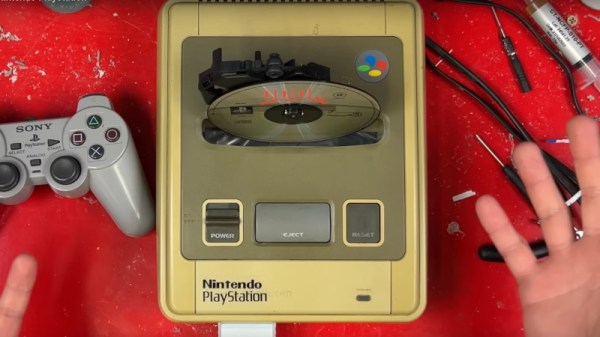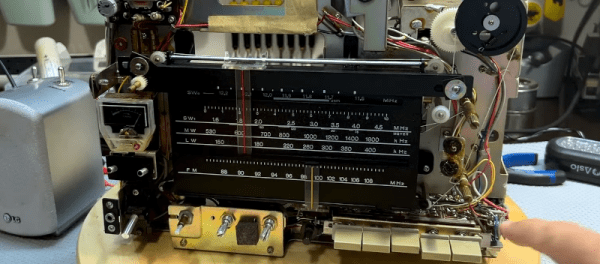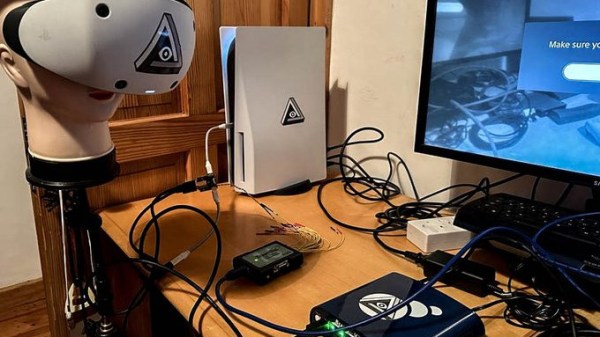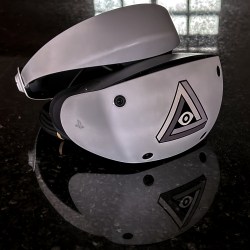A feature of many modern network-connected entertainment devices is that they will play streamed music while on standby mode. This so-called “network standby”is very useful if you fancy some gentle music but don’t want the Christmas lights or the TV. It was a feature [Caramelfur] missed on their Sony AV receiver, something especially annoying because it’s present on the US-market equivalent of their European model. Some gentle hackery ensued, and now the rece3iver follows its American cousin.
A first examination of the firmware found the two downloads to be identical, so whatever differences had to be in some form of configuration. Investigating what it exposed to the network led to a web server with device configuration parameters. Some probing behind the scenes and a bit of lucky guesswork identified the endpoint to turn on network standby, and there it was, the same as the US market model. Should you need it, the tooling is in a GitHub repository.
This isn’t the first time we’ve seen identical hardware being shipped with different firmwares in Europe from that in the USA, perhaps our most egregious example was a Motorola phone with a much earlier Android version for Europeans. We don’t understand why manufacturers do it, in particular with such an innocuous feature as network standby. If you have a Sony receiver you can now fix it, but you shouldn’t have to.
RJ45, Devcore, CC0.






 In building a new lens for the Open Sauce ’23 event, [scealux] wanted to get variable aperture working, while also improving focus speed. The lens was also intended for use with a Sony A7R3. Unlike his previous effort, this lens would only work on the full-frame Sony FE mount cameras.
In building a new lens for the Open Sauce ’23 event, [scealux] wanted to get variable aperture working, while also improving focus speed. The lens was also intended for use with a Sony A7R3. Unlike his previous effort, this lens would only work on the full-frame Sony FE mount cameras.











